Why We Made a Documentary Film About Sustainable Coffee
From idea and all around the globe to the finished film and a cancelled world premiereShade Grown Coffee
For the past 4-5 years, making the documentary film Shade Grown Coffee has been our main project. And now finally it’s out!
In this article, we will give some insight into why we made the film and how it all went down.
Visit the official website for Shade Grown Coffee to learn even more about the film, the project and the research behind it.
Come check out the Instagram page for Shade Grown Coffee as well.
Here’s the trailer:
A simple idea
Everything started with the simple idea of making a project together.
This would be the first time that we worked as a team professionally and it seemed like a natural progression for us.
At the time, Alex worked as a freelance photographer and videographer and Victoria was getting her university degree in Project Management. That turned into the two-person team of director and producer that would end up making everything (except for the final sound mix).
Vi knew from the start that the project would be about the relationship between nature and man. Alex worked at the NGO Forests of the World and had acquired some knowledge about forests and the impact of forestry (or the lack of it) on the global climate.
The health of the planet was and is one of our biggest interests and passions.


Coffee grown in the shade?
We don’t know exactly from where, but suddenly the concept of shade grown coffee entered into our world.
It was probably a brief mention somewhere in a magazine or book. We were determined to learn more.
Coffee can be grown under the shade of trees in the tropics which means that the trees don’t have to be cut down. That’s great for a whole host of different reasons.
Everything made sense once we realized that this idea could be told as a positive and optimistic story.


The birth of a documentary film
We were eager to find as much information about this concept of shade grown coffee as fast as possible.
So we devoured research – about both coffee and forests.
For coffee knowledge, we turned to Coffee Collective in Copenhagen. We spent many hours at their wonderful coffee shop on Godthåbsvej where we tasted coffee that was completely different to anything we had tried before and much more aromatic and full of flavour.
Their book “God Kaffe” (Good Coffee) was also of great help.
At this stage, we could have never dreamed that we would work with Coffee Collective on the film two years later!




Travelling from Copenhagen to the coffee farms
We had been thinking about visiting Central America for quite a while and it turned out to be great timing with the coffee season to travel there to visit coffee farms.
The itinerary was very loose and we decided to plan most of the trip underway.
This type of planning has its fair share of ups and downs, but in the end, we’re just really happy that we took the plunge and hoped for the best. It turned out quite alright!


Mexico
We had visited Mexico together a few years prior and we decided to start our coffee adventure for real in this magnificent country.
We landed in Cancun on September 28, 2015.
The first footage in Shade Grown Coffee from a coffee farm was shot at Argovia Finca near Tapachula in the state of Chiapas bordering Guatemala.
We stayed for a few days and got ourselves a crash course in coffee production.
Argovia Finca processes and roasts their own coffee, so we started to understand the full journey that coffee undertakes from seed to cup here.
We got permission to walk around the farm and even got to fly our drone high above the amazing trees.


Guatemala
We spent most of our time in Guatemala in the city of Antigua, which is beautifully surrounded by hills and active volcanoes.
The region is renowned for its fertile soil, and we were fortunate enough to visit the coffee farmer Roberto Orantes, who grows certified organic and Bird Friendly coffee.
The fact that the coffee is certified Bird Friendly means, in short, that the coffee farm meets special requirements related mainly to the trees on the farm (quantity, species diversity, etc.).
Bird Friendly coffee is not only beneficial to birds but to all kinds of biodiversity.
Many experts agree that Bird Friendly coffee is the gold standard when it comes to certified sustainable coffee.
Take a look at the shop page on Shade Grown Coffee’s website (adlink) to buy Bird Friendly coffee from Amazon.

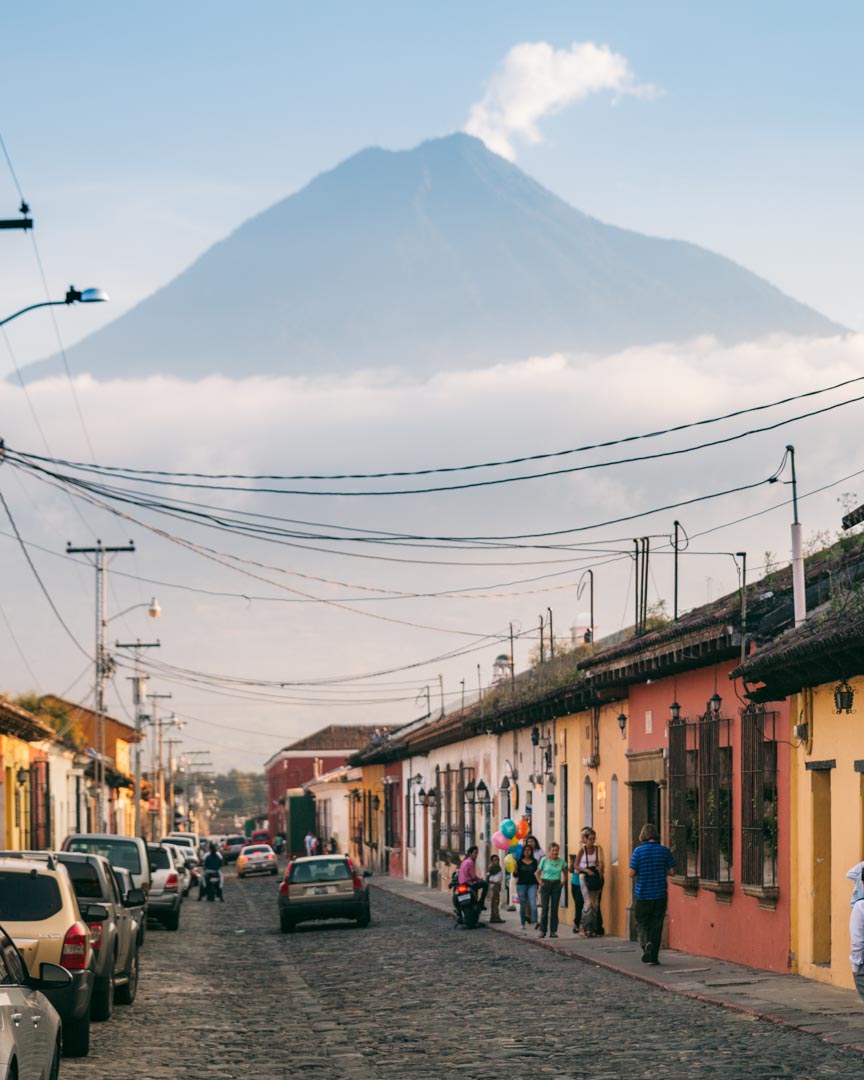


El Salvador
We travelled to El Salvador after a short tourist-related visit to Belize.
At that point we had made arrangements to meet up with Robert Rice (the director of the Bird Friendly programme at the Smithsonian Migratory Bird Center) later on in Nicaragua, so we didn’t have much time to spend in tiny El Salvador.
Thankfully, we did have time to visit the coffee farms of Jan-Carlo Handtke, who we spent a few days with.
He was the youngest coffee farmer we met for Shade Grown Coffee and it was fascinating to hear his perspective on being a farmer in the 21st century.



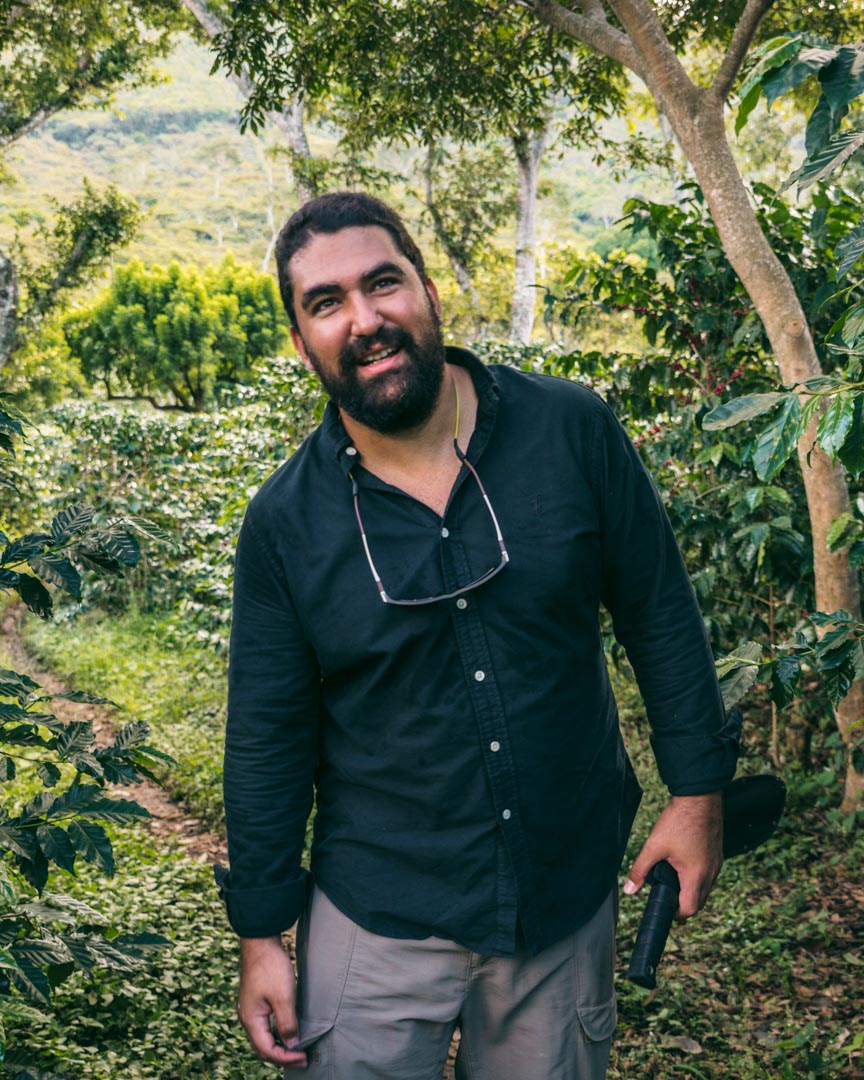
Nicaragua
We went almost straight from Jan-Carlo’s coffee farm in El Salvador to Jefferson Shriver’s coffee farm in Nicaragua.
We spent a couple of nights here, which allowed us to interview both Jefferson Shriver, Robert Rice and Douglas W. Tallamy – and to film a whole bunch of amazing coffee and nature.
Robert and Douglas were at Jefferson’s coffee farm to carry out a research project with the aim of investigating which species of shade trees attract which insects – and by extension, which trees then are best for attracting different bird species.
The research results can be read here if you are interested: Canopy tree preference by insectivorous birds in shade‐coffee farms: Implications for migratory bird conservation (Desirée L. Narango, Douglas W. Tallamy, Kerry J. Snyder, Robert A. Rice, 2019).
After visiting Jefferson’s forest-like farm, we ended up spending over a month in Nicaragua.
In addition to visiting Granada, Leon, Ometepe, San Juan del Sur, Big Corn Island and Little Corn Island (primarily as tourists), we also travelled around the country with two Ukrainian guys.
We met them outside a supermarket in the capital Managua because we were waiting for the rain to stop. It turned out that we were staying at the same hotel. And then we got talking.
One had been a professional ballet dancer and the other had previously owned a Vietnamese restaurant in Paris, but now they were in the process of importing coffee from Nicaragua to Ukraine. They thought it to be super exciting that we were making a documentary film about coffee so we went around to visit different coffee farms with them.
It was both crazy and fun to travel around with the two, and we have some absolutely wonderful memories from there.
Through the Ukrainians, we were introduced to the coffee farmer Byron Corales in Matagalpa. Unfortunately, it did not end up in the film, but it was very inspiring to witness his biodynamic coffee growing techniques.

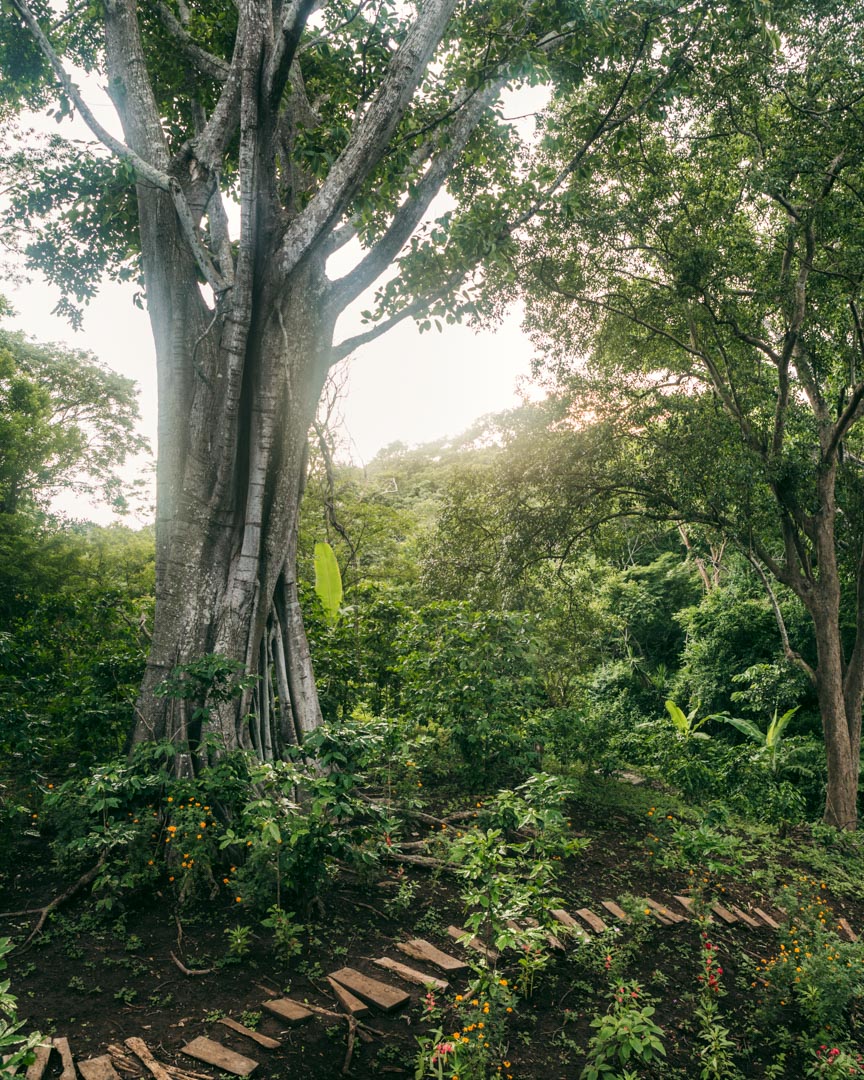


Panama
Although undoubtedly a lovely country, we only spent a short time in Costa Rica before moving on to Panama.
In Boquete, we visited Richard Lipner’s coffee farm, which he accidentally took over in 2003 with his wife Dee.
We loved the farm and the tranquil mountain town of Boquete. The climate was so pleasant.
After Panama, our time in Spanish-speaking countries was over for now. Next stop: Jamaica!

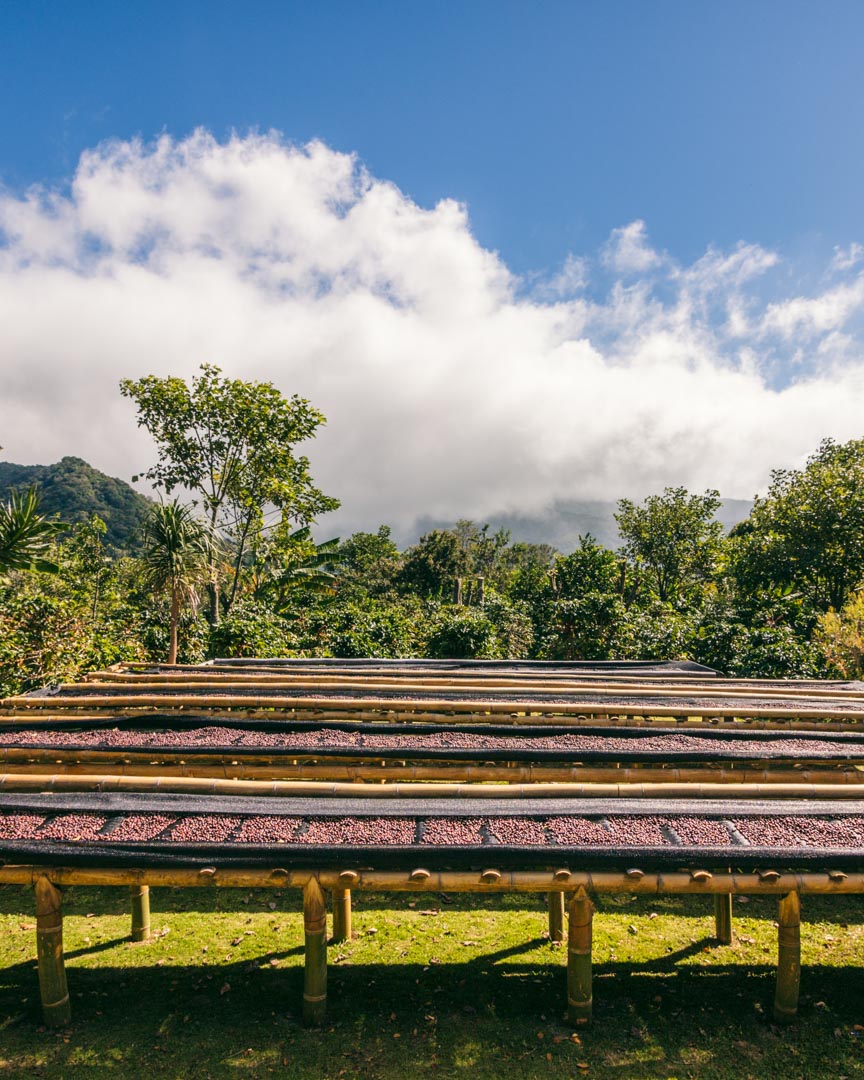


Jamaica
Victoria’s sister and cousin were travelling to Jamaica for vacation, and as we were in Central America and were planning to visit the United States, it seemed obvious to meet halfway.
We set up to visit Dorienne Rowan-Campbell’s coffee farm in the legendary Blue Mountains near Jamaica’s capital of Kingston – and could take the girls as well to show them coffee for the first time.
Dorienne’s farm was absolutely incredible and was much more like a nature reserve than agricultural land.
Her ideas and thoughts about ecology and treating the earth and nature with love made a big impression on us.



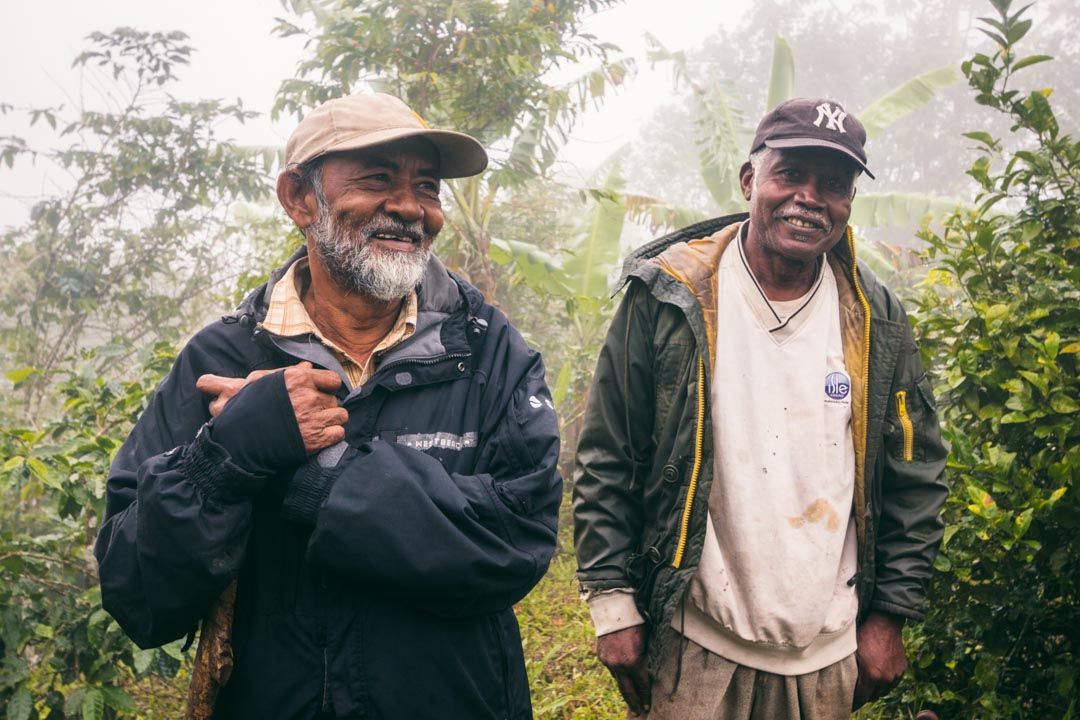

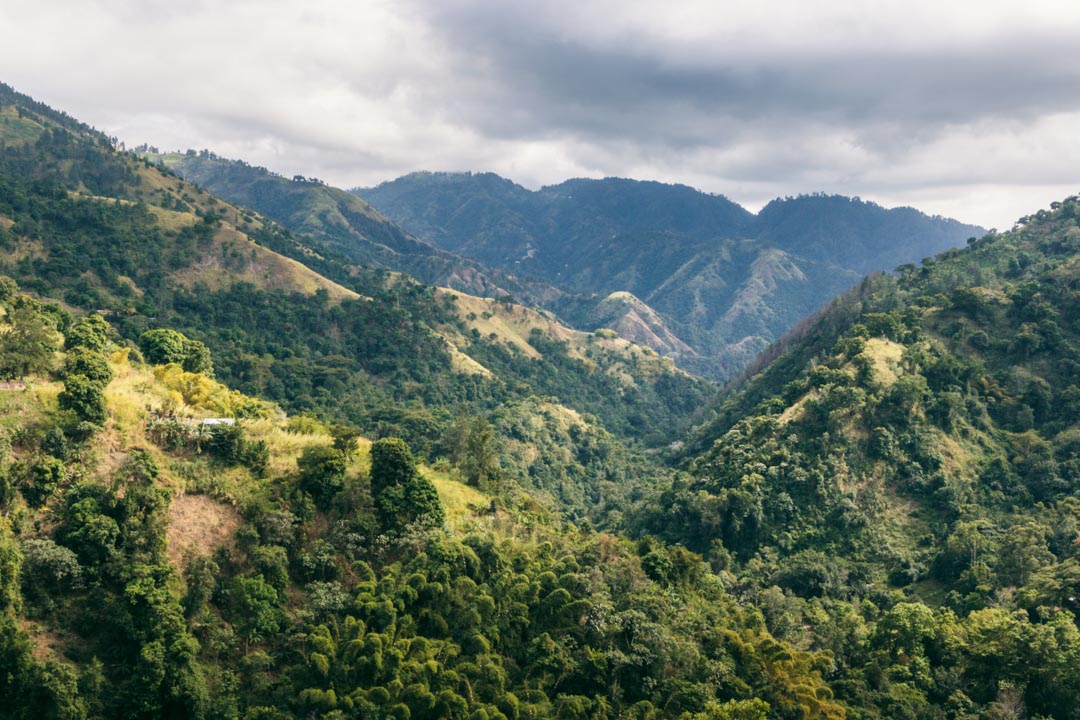

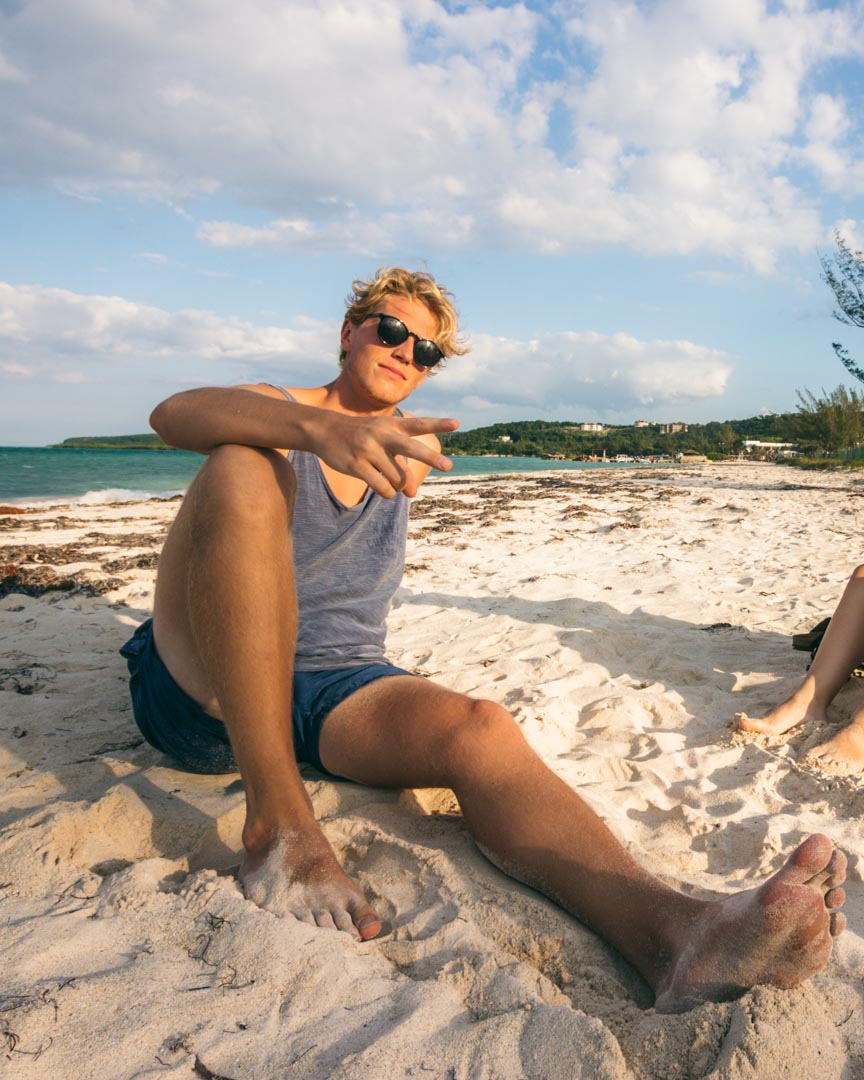
USA
After having eaten our way through New York City with plenty of specialty coffee in our stomachs we travelled to Boston to meet with Bill Wilson.
Bill Wilson is a co-founder of Birds & Beans who only imports and sells coffee from Bird Friendly certified farms.


Copenhagen
After having travelled for almost five months through Mexico, Guatemala, Belize, El Salvador, Nicaragua, Costa Rica, Panama, Jamaica and the United States, it felt good to return to Copenhagen and start processing our experiences and film clips.
When the journey started, we didn’t know exactly what the film was going to be. A short documentary, perhaps.
But after visiting all these lovely coffee farms and hearing the farmers’ fantastic stories, we knew there was a bigger story to tell.
However, we still didn’t quite know if it was going to be a full-length documentary, but we were down deep enough in the rabbit hole to at least consider it.
After a while, it brought us into contact with Coffee Collective, who suggested we travel with them to Ethiopia to see some of their work.
It should be said that Coffee Collective has not supported the film in any other way than by contributing with their hospitality and knowledge and later on helping to promote the film’s premiere.

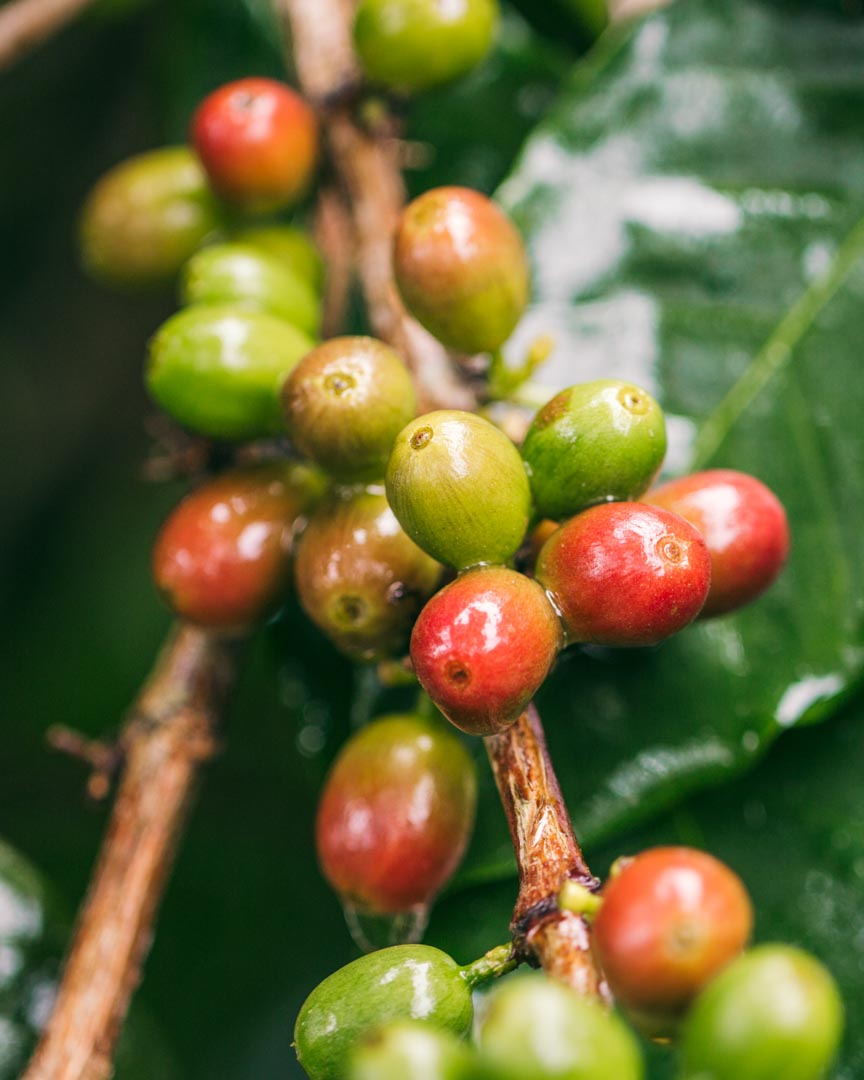
Ethiopia
Our month in Ethiopia will forever be etched into our hearts as one of our most memorable experiences.
We started the trip in the capital of Addis Ababa where we stayed with an Ethiopian woman and her two teenage sons.
It kick-started our cultural understanding to be so close with locals and made us feel safe from the beginning.
First, we travelled with Casper Engel Rasmussen and Lukas Kragelund from Coffee Collective, and later on we travelled on our own with Akmel Nuri, from whom Coffee Collective buys coffee.
The coffee in Central America was fantastic, but to experience fully shaded and naturally organic coffee in Ethiopia was unique.
It is said that coffee originates from Ethiopia (or at least from East Africa), and there are a myriad of varieties of the coffee plant, each with their own unique characteristics.
In addition to visiting coffee farms, we also managed to hike in the Bale Mountains and visit the cities of Ziway, Hawassa and Harar.
If anyone out there is contemplating whether to visit Ethiopia or not, we can only say that you will be met by incredible nature, a unique culture and truly charming people. Just go!

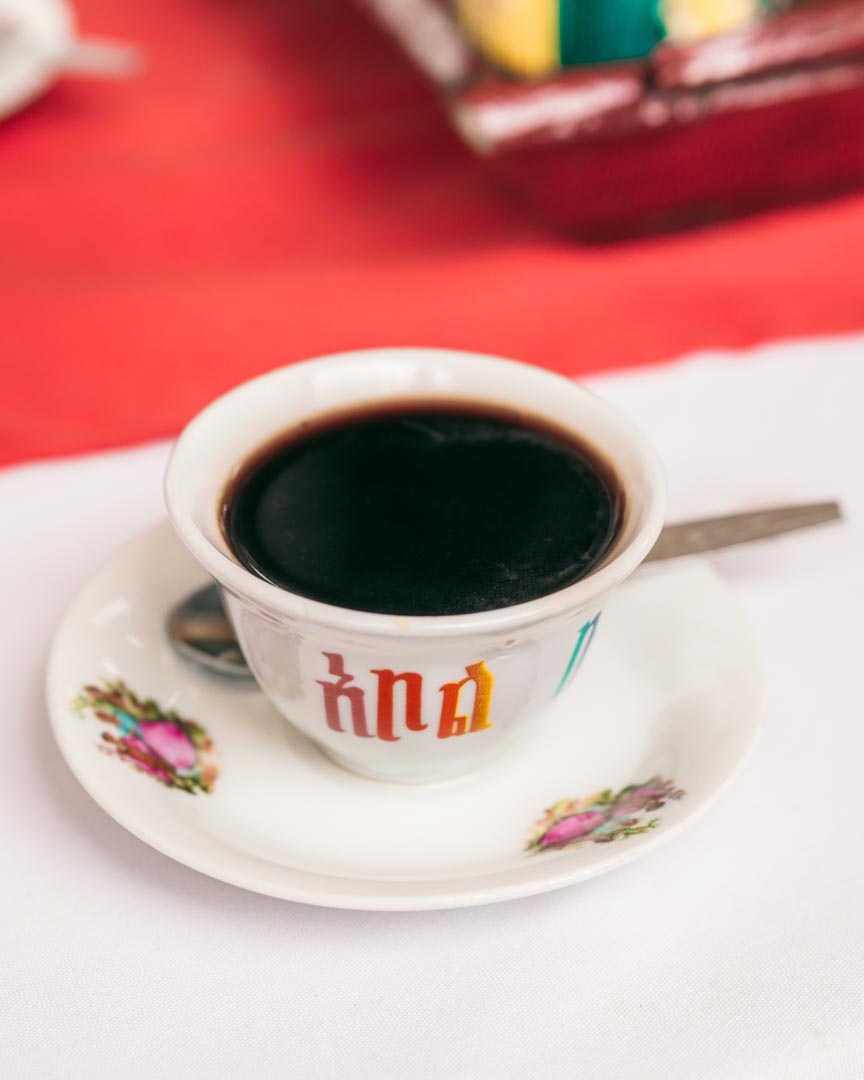

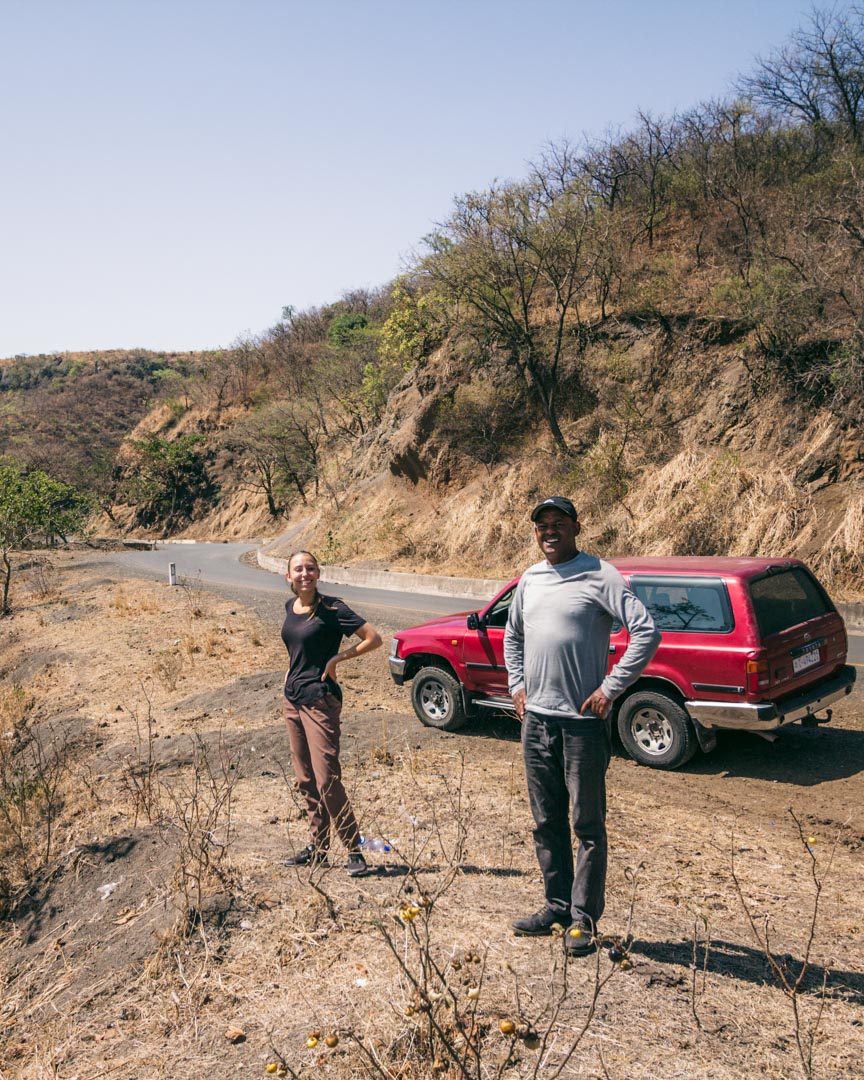

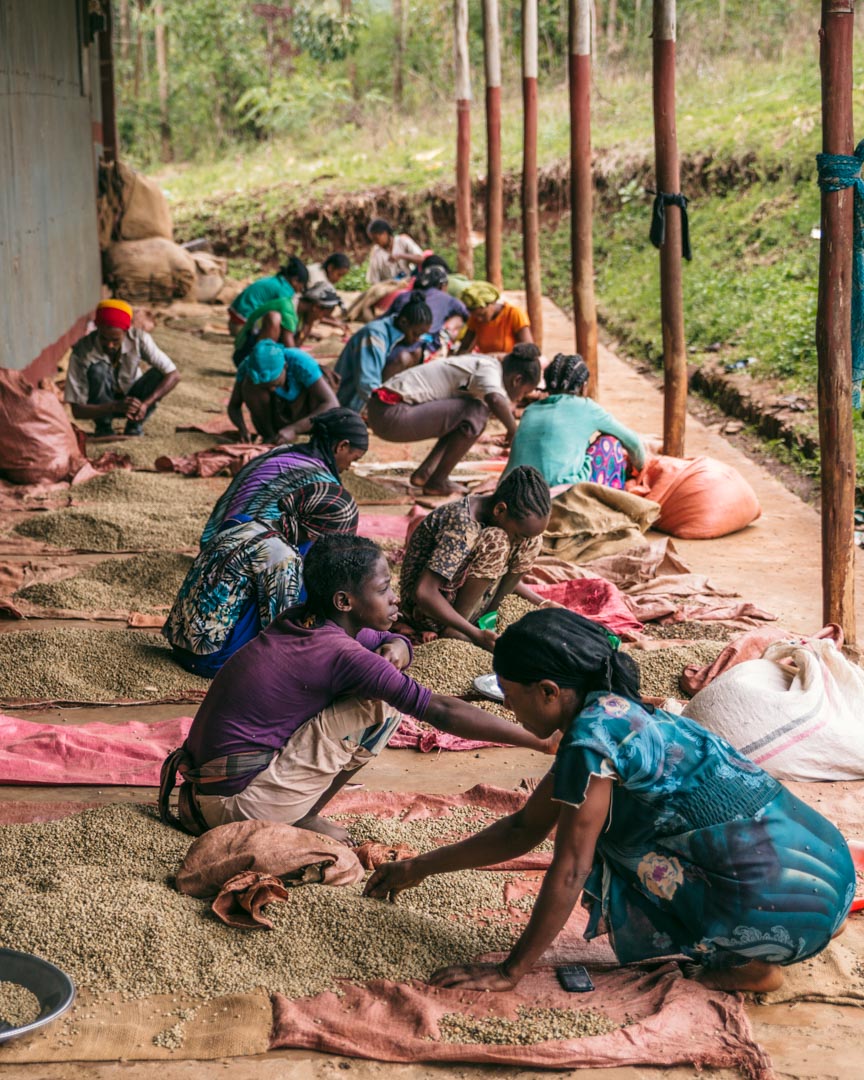



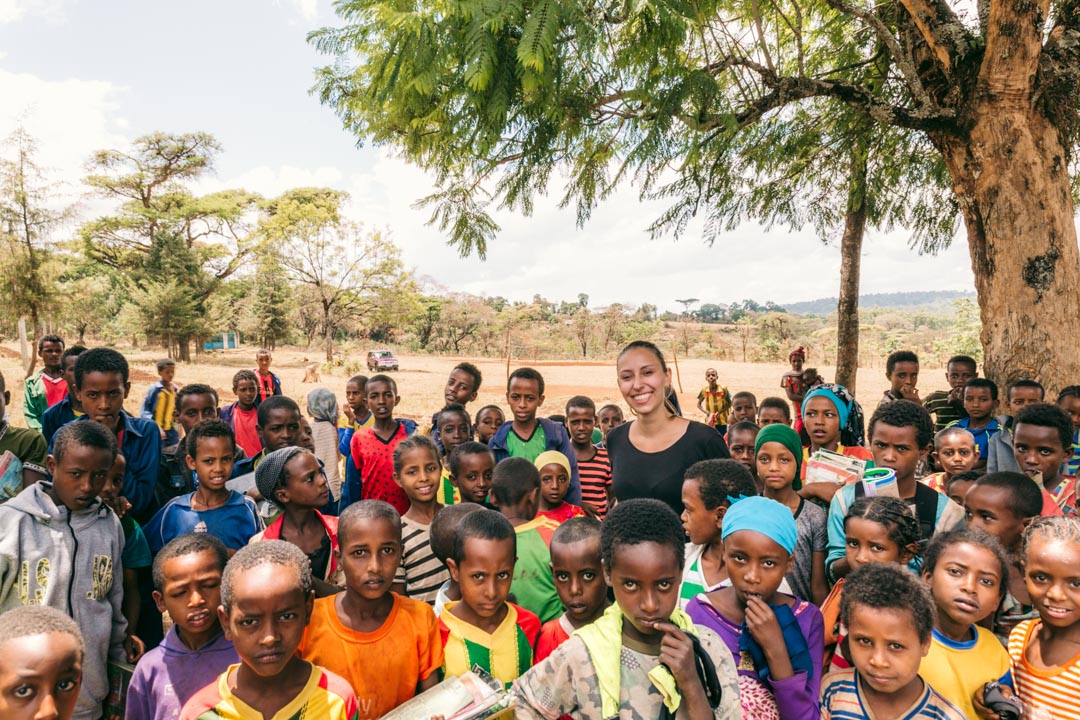
Back to editing in Copenhagen
With even more beautiful coffee footage and new interviews on our harddisks, we had acquired the last pieces for our coffee documentary puzzle.
The only problem was just that there is no given solution to that kind of puzzle!
So we made an edit of the film, watched it, and then cut it again – hundreds of times.
Working iteratively in that way was the only way forward for the film.
When we finally had a version ready that we could manage to watch two times in a row without wanting to change anything about it, we knew that the film was as done as it could be.
From there, though, a lot of things still had to happen before we could show Shade Grown Coffee to everyone else.
The list of things that needed fixing was long: colour grading, sound mixing, subtitles…
But we did it (sound was mixed and mastered by Frederik Ebert), and finally, we had a finished film.
We can’t really believe it to this day.
Although Shade Grown Coffee was finished, it still took months from here to share our joy with the rest of the world.

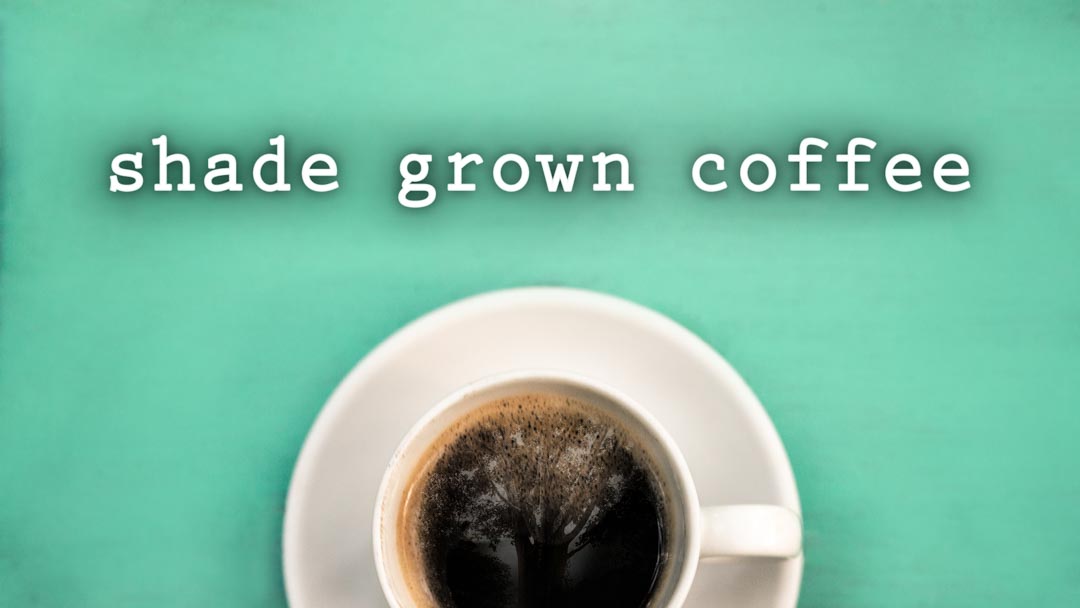
CPH:DOX – the documentary film festival
In the naive hope of becoming part of the official film program in 2020, we submitted Shade Grown Coffee to the Danish documentary festival CPH:DOX.
We were very surprised and delighted when they told us we had been accepted!
CPH:DOX is one of the largest and most recognized documentary film festivals in the world.
The downside was just that we had to wait approximately 9 months before we could show the film.
We started the project in Mexico at the end of September in 2015, so almost four years had already passed from that to the completely finished version of the film…
It was tough, but we had to be patient to give Shade Grown Coffee the premiere that we knew it deserved.

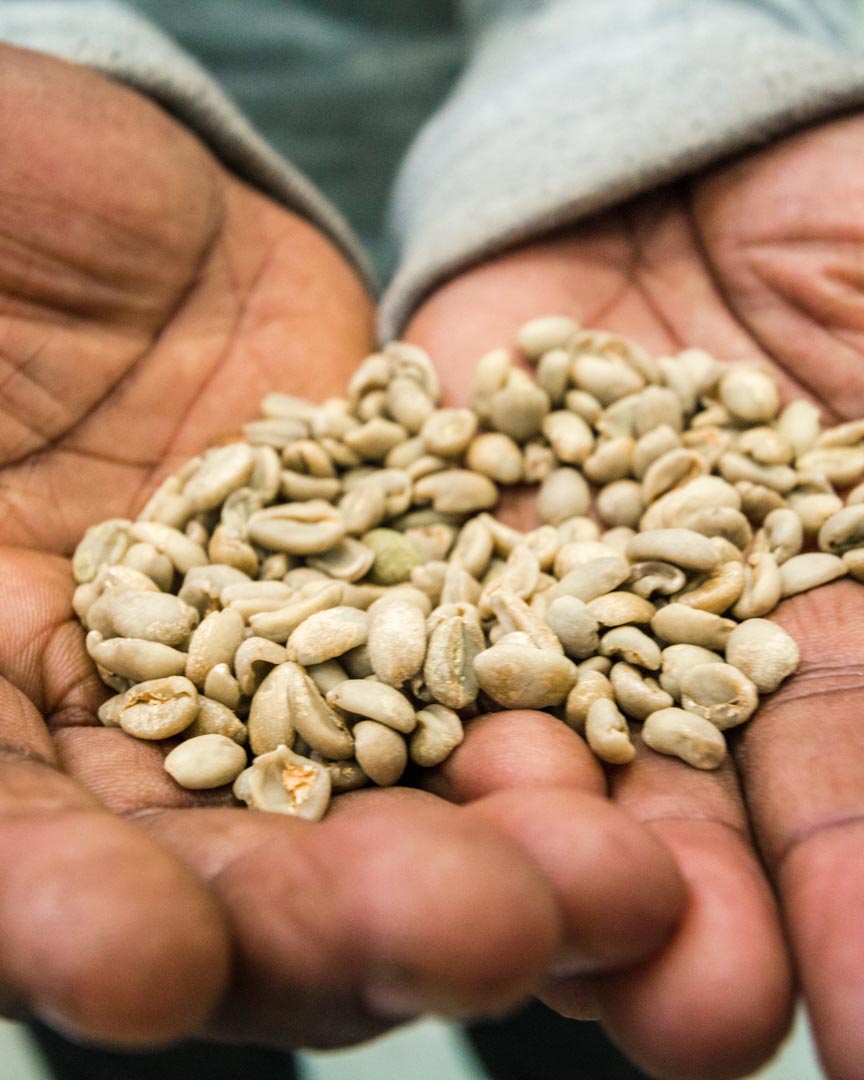
The original screenings
The original plan was for the film to have a world premiere at Big Bio Nordhavn with a coffee tasting and Q&A with Alexander, Casper from Coffee Collective and Akmel who would be flying in from Ethiopia.
Shade Grown Coffee was also to be screened in the movie theatres Empire and Cinemateket, with associated Q&As and debates, as well as appearing as a part of “CPH:DOX On Tour” in the rest of the country.
But unfortunately, that’s not how it turned out…

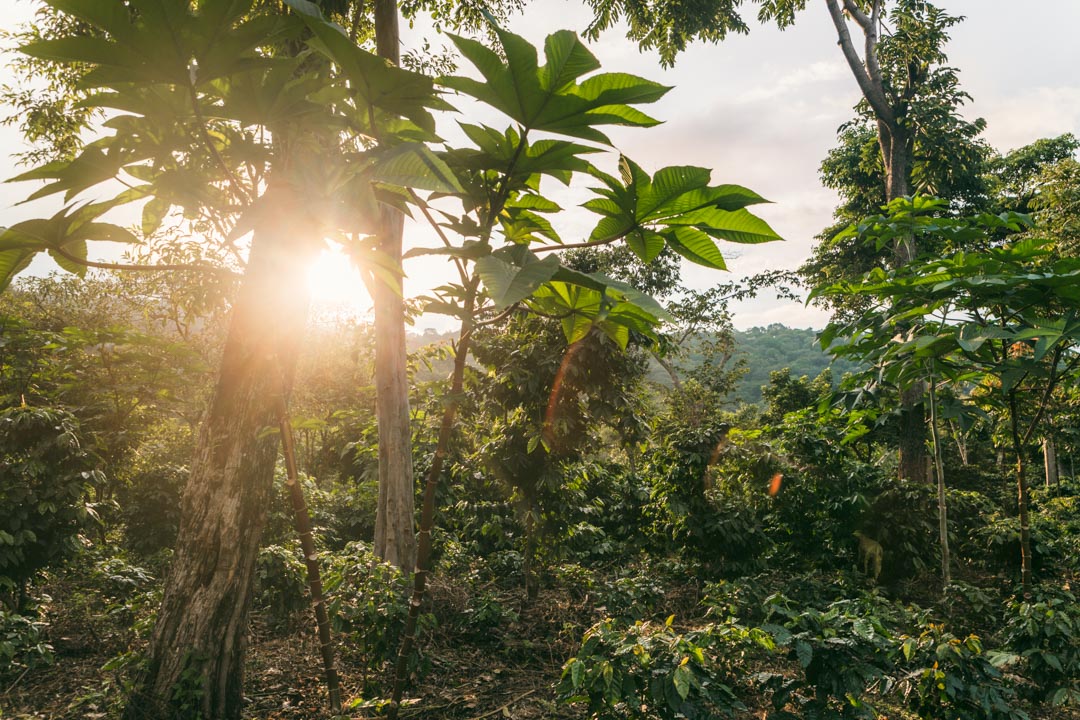
Premiere cancellation
CPH:DOX ended up coinciding with the outbreak of the coronavirus, and the big world premiere, which we had been looking forward to for months, was cancelled a few days before along with the rest of the physical part of the festival.
Damn it!!!
CPH:DOX was still held online, where people in Denmark could stream Shade Grown Coffee from screens at home – but that the physical premiere was cancelled was a huge bummer.

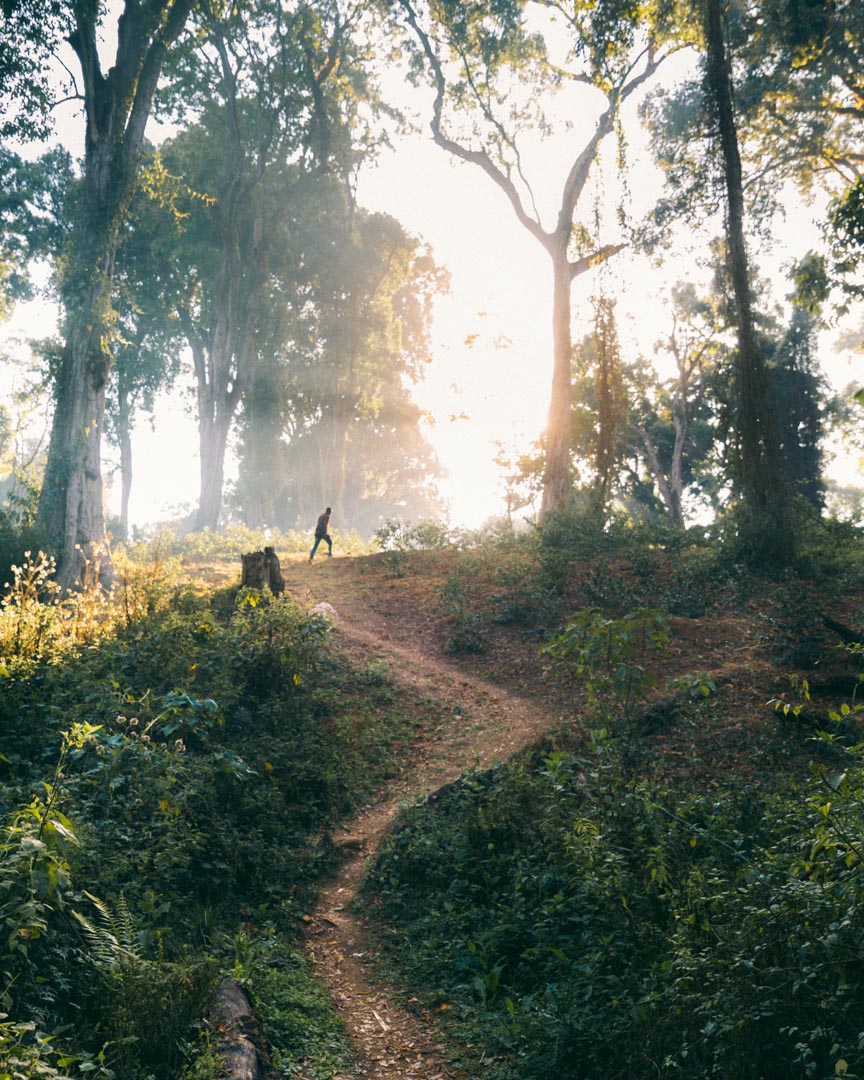
From the start, it has been very important for us to make a poetic film which can be seen as an inspirational love letter to nature that you don’t need any knowledge about forestry or coffee to understand or enjoy.
But, if you are interested, you can walk away from the film experience with new knowledge about coffee growing and coffee brewing.
Perhaps most importantly, we want you as the viewer to feel uplifted and motivated by the film so that you want to learn more about sustainability and to make better environmental choices in the future.
If we can give you an optimistic, pleasant experience we are more than satisfied.




Shade Grown Coffee
We would really love it if you could be interested in watching Shade Grown Coffee.
It would make us super happy and proud!
And who knows, maybe you walk away from the experience lighter and smarter with new knowledge about coffee and sustainability.
Many years of hard work has been put into it, and we hope that watching the film makes that apparent.
We have had no big crew nor budget, but we have made a true effort with this film to respect your time and make every second count.
The trailer for Shade Grown Coffee can be seen here:
Check out where to watch it on the official website.
If you have seen the film, it would be really interesting to hear your thoughts. Please do leave a comment here or contact us directly.
Thank you so much!
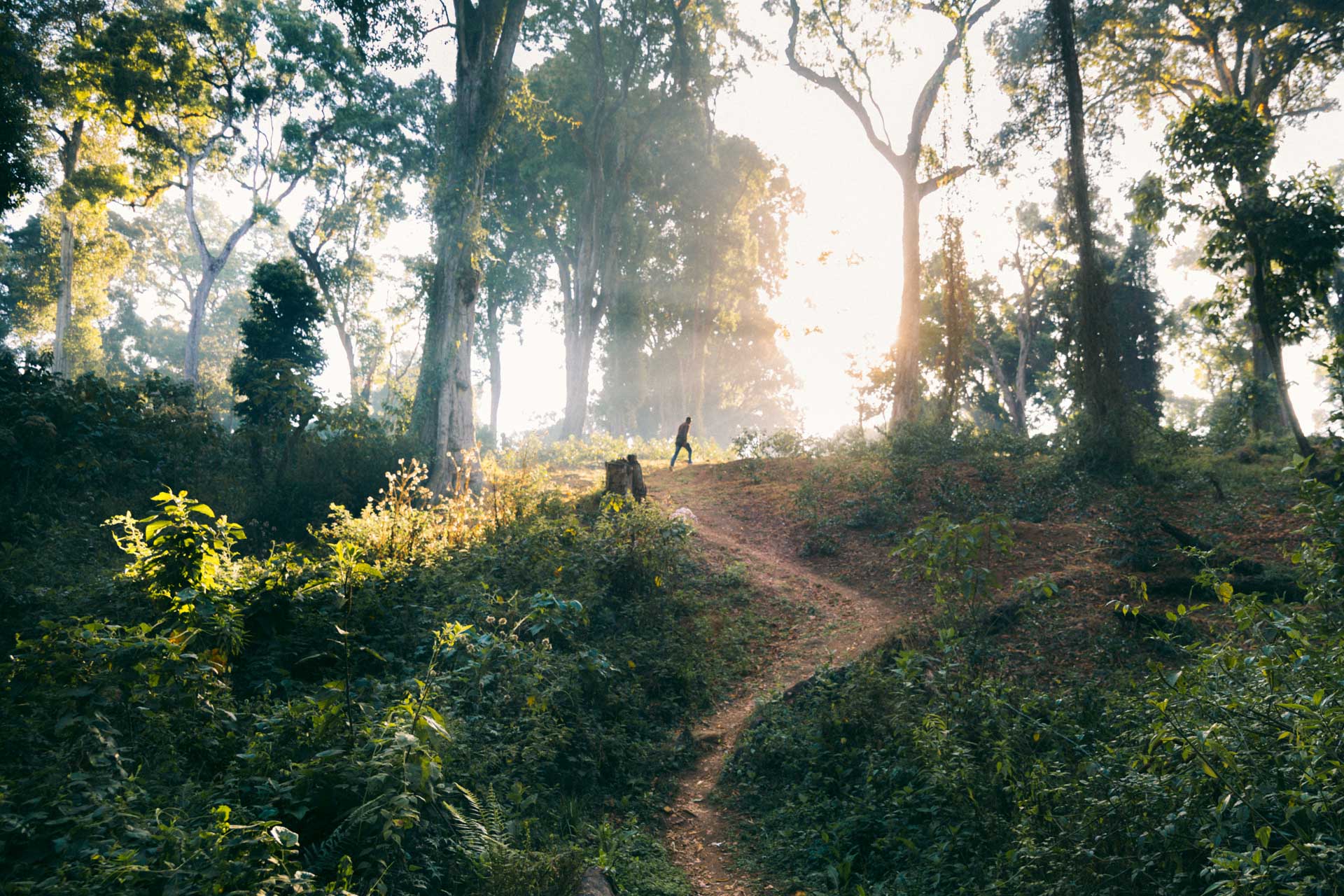

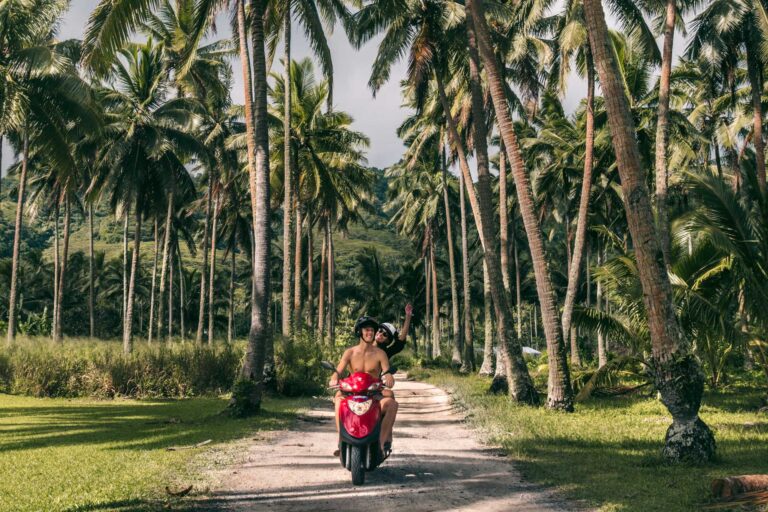
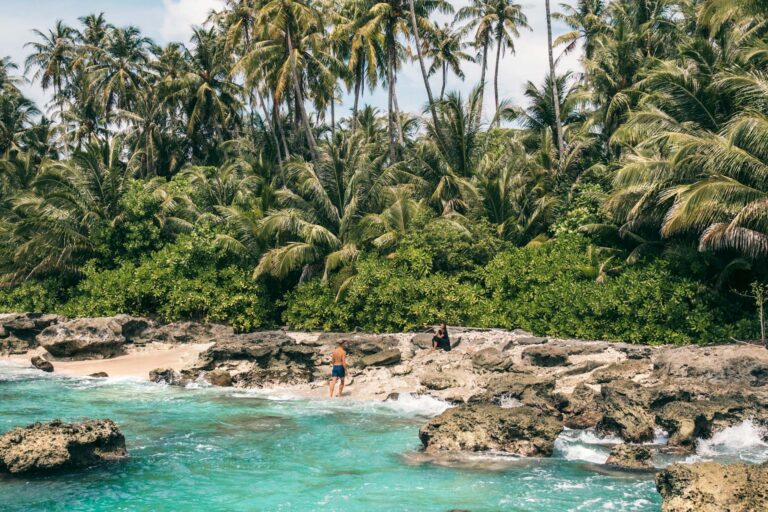
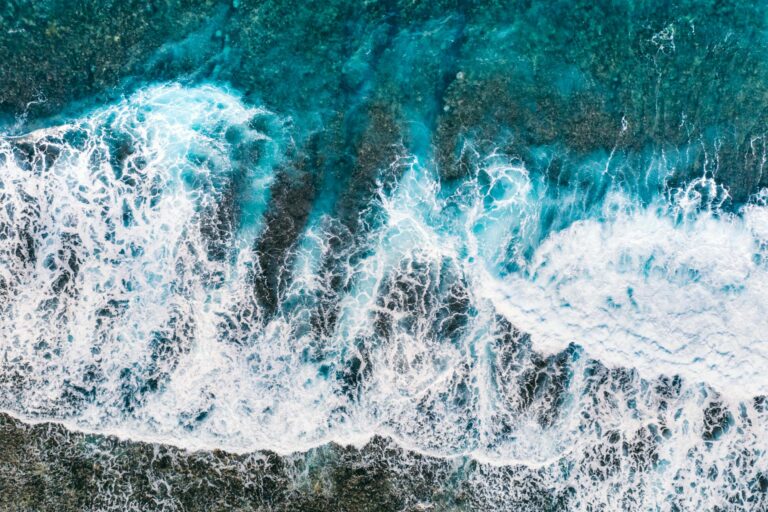
 Book cheap hotels
Book cheap hotels  Find the best flight deals
Find the best flight deals  Nomad insurance
Nomad insurance  Our Camera Gear
Our Camera Gear Our Packing List
Our Packing List